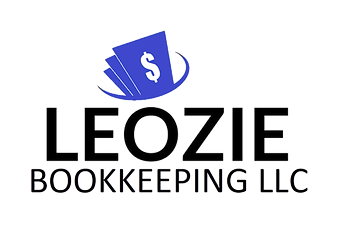As we quickly approach the end of 2019, the thought of what needs to be done for both your accounting and what needs to be turned in to your CPA can be overwhelming.
Don’t panic. Below is a quick list of what needs to be completed for year-end.
- Reconcile credit cards, bank accounts, line of credit accounts, asset accounts, loan accounts, payroll liabilities, if possible, reconcile all balance sheet accounts to be sure nothing has changed.
- Clean up A/R and A/P. Be sure that all receivables have been posted and any that need to be out by the end of the year have been paid.
- Preform a year-end inventory audit (physical inventory check). This would include company assets and supplies your company uses in products sold or kept on hand as a current asset.
- Review what fixed assets you have on your books. Add missing assets and note ones that have been sold or is gone. Assets that are no longer on your books will need backup to show to your CPA so they can be properly disposed of.
- Process W-2’s. You have until January 31st to get the W-2’s our to your employees. Now is a good time to be sure that you have accurate addresses.
- File 940 reports and any other year-end reports that are required.
- Issue 1099’s are due by to be mailed to the recipients by January 31. Now is the time to make sure you have W-9’s for all of the independent contractors that you have used in the year. A 1099-Misc is required by law to be mailed out to any person that you have paid $600.00 or over in rents, services (including parts and materials) prizes and awards or other income to in the course of trade or business. These will need to be sent out to any individual, partnership, limited liability company, limited partnership or estate, lawyers and attorneys. The following are excluded from getting a 1099: Corporations, rent payments to real estate agents or property management companies, utility companies, churches, non-profit organizations, or any company who sells merchandise, freight, storage or similar items. Think of a 1099 like a W-2 for a trade or business who is not employed by you but does work on your behalf.
- Run in-house financials (Profit & Loss and the Balance Sheet). Run the reports from January through December by month and compare to each month. Look for amounts that pop out and do not make sense the pull the bills to see why there was a jump up or down compared to other months. This will help you find mistakes and/or be able to explain the differences to your CPA.
- Gather and organize your receipts. This is helpful if your CPA has a question on an expense that will be part of your tax deductions.
- Ask for help. Hire a bookkeeper to work with you to double check that your expenses are categorized correctly.
Relax. You got this……
